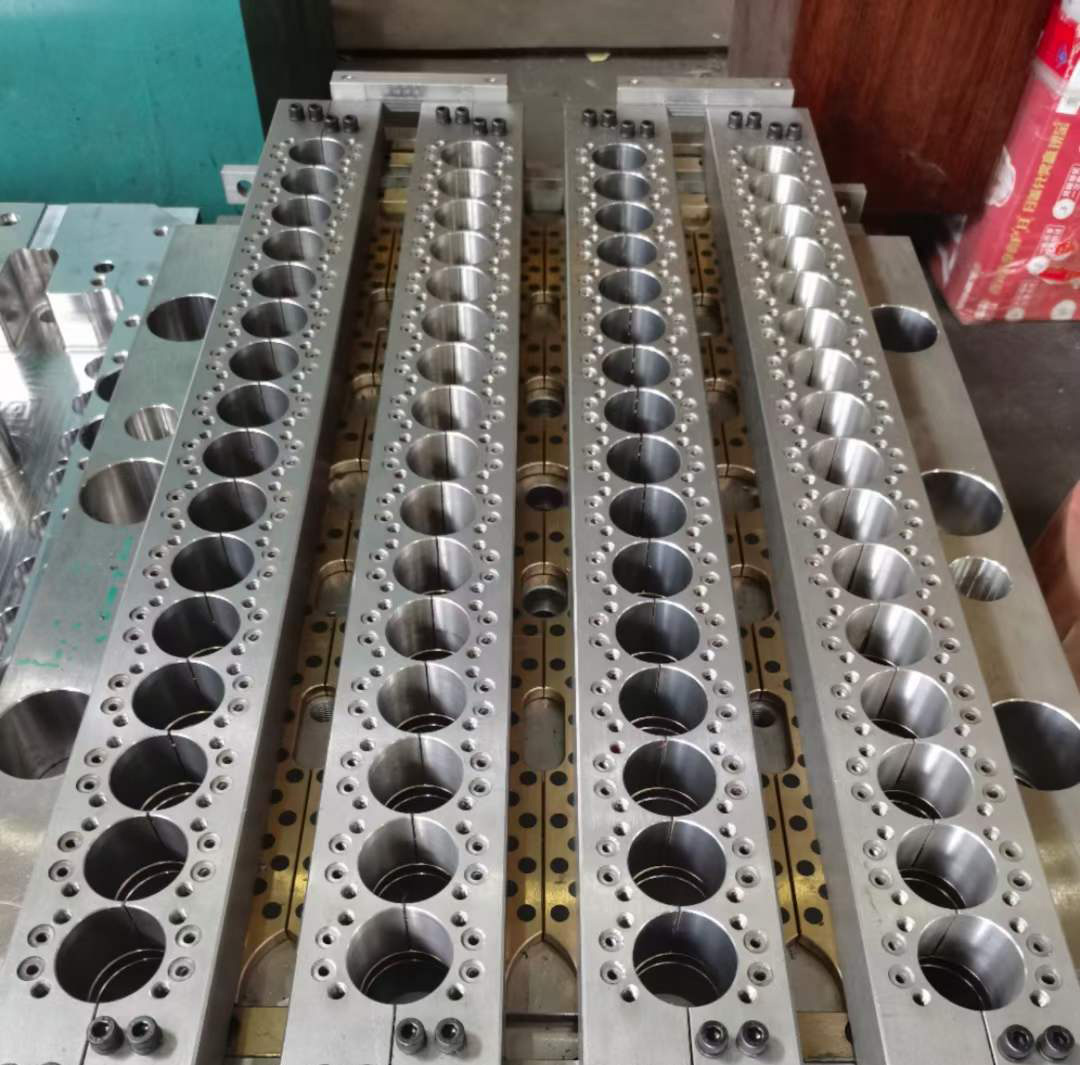PET preform mould effort
The PET preform mould is a type of mold used in the manufacturing process of PET (polyethylene terephthalate) preforms. These preforms serve as intermediate products that are later blown into PET bottles. Here are some key considerations in the manufacturing of PET preform molds:
Material Selection: Choose high-quality and durable mold materials, often using corrosion-resistant and wear-resistant steels such as stainless steel or tool steel.
Design Specifications: Adhere to design specifications and standards to ensure that the mold design meets the required dimensions and specifications of the PET preform.
Gate and Runner Design: Design an effective gate and runner system to facilitate the proper flow of molten PET material into the mold cavity, ensuring even distribution and minimizing defects.
Cooling System: Implement an efficient cooling system to regulate the mold temperature during the production process. Proper cooling is essential for achieving consistent preform quality and reducing cycle times.
Ejection Mechanism: Design a reliable ejection system to ensure the easy and precise removal of the PET preforms from the mold without causing any damage.
Hot Runner System: Many PET preform molds use a hot runner system to keep the material in the runners molten, allowing for faster cycle times and minimizing material waste.
Cavity Surface Finish: Choose an appropriate surface finish for the mold cavity to achieve the desired surface quality of the PET preforms. This may involve polishing or applying coatings to reduce friction and improve release.
Precision Machining: Utilize high-precision machining techniques, such as CNC (computer numerical control) machining, to manufacture the mold components with tight tolerances.
Testing and Optimization: Conduct thorough testing of the PET preform mold to identify and address any issues. Optimize the mold design and parameters for the best possible production performance.
Maintenance Plan: Establish a regular maintenance plan to ensure the longevity of the PET preform mold. Regular inspections and maintenance help prevent wear and tear, extending the life of the mold.
Quality Control: Implement strict quality control measures throughout the manufacturing process to ensure that each PET preform meets the required quality standards.

It's important to work closely with mold designers and manufacturers who specialize in PET preform molds to ensure the success of the manufacturing process and the production of high-quality preforms.




Write a comment